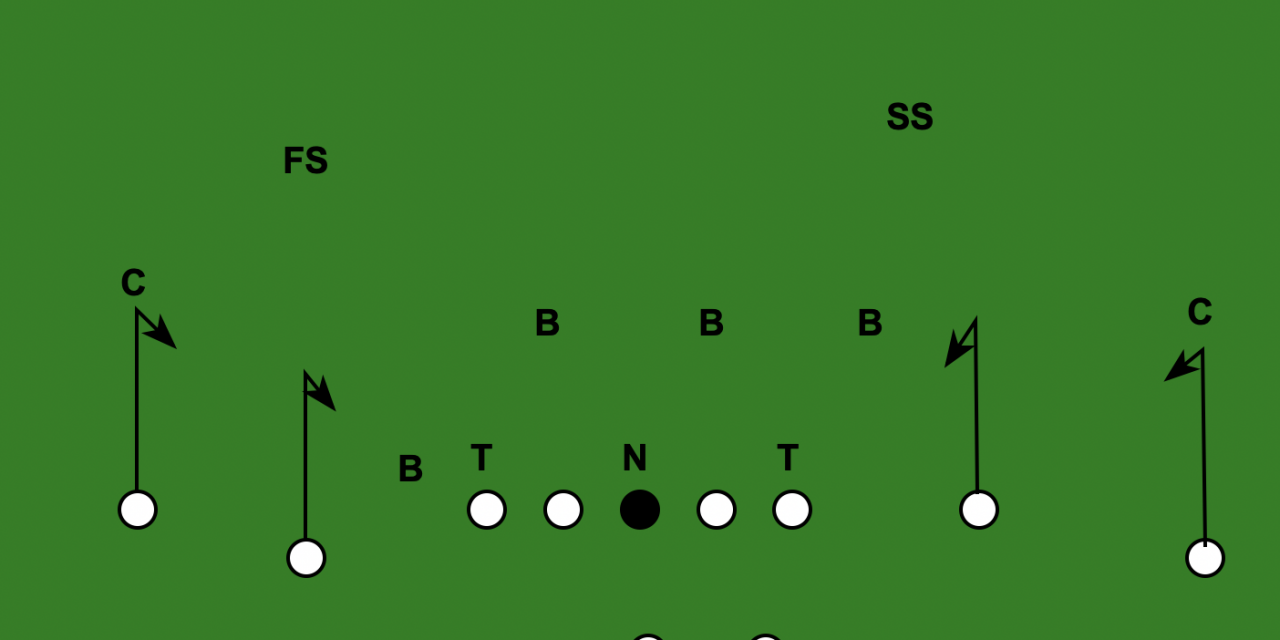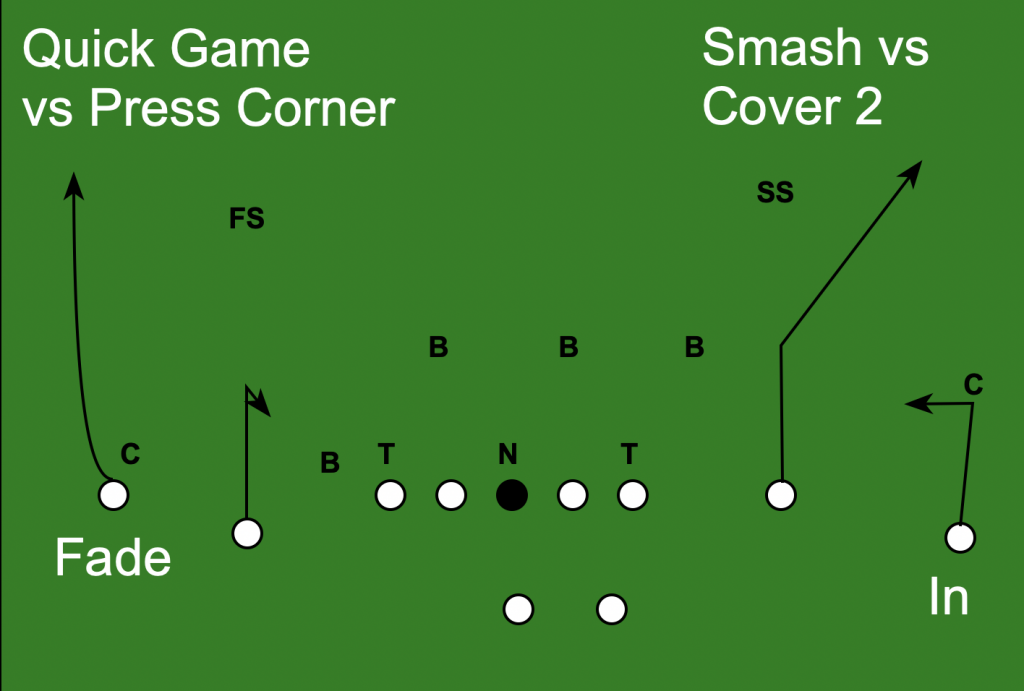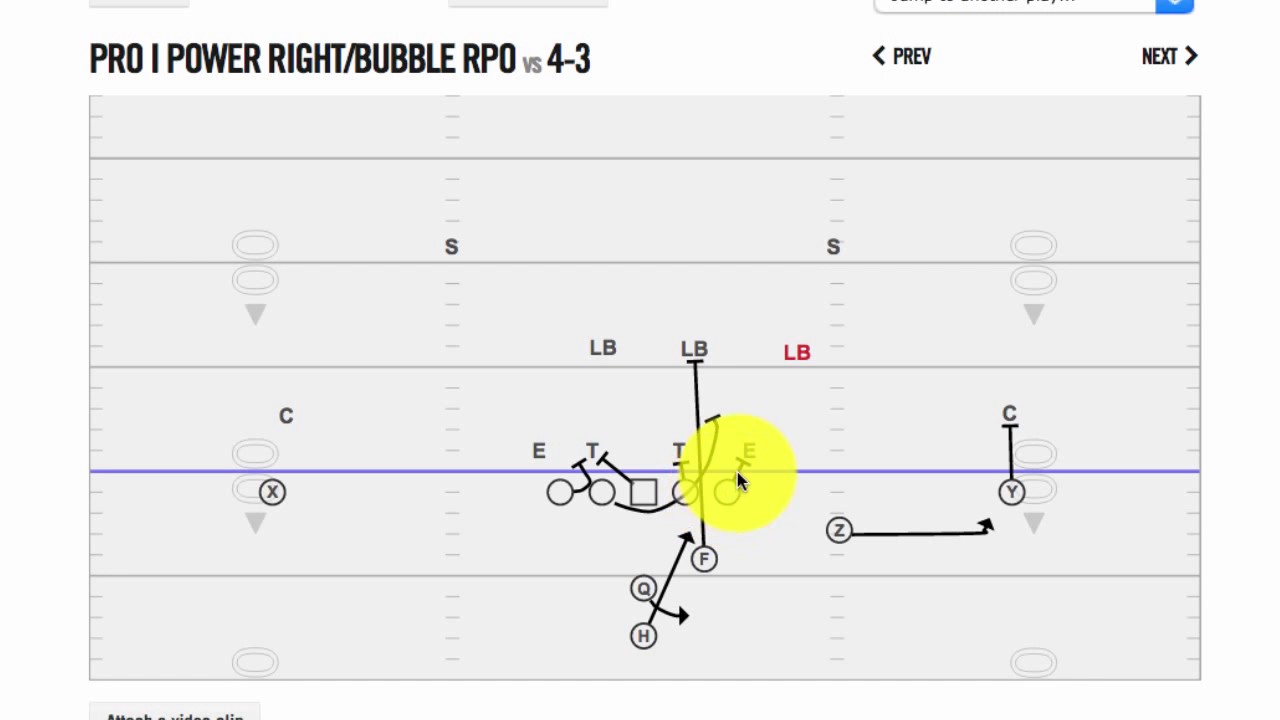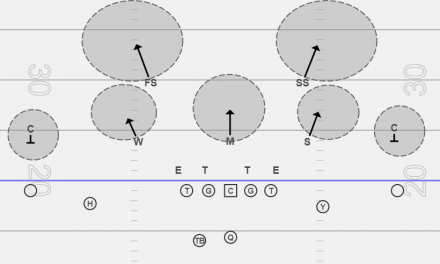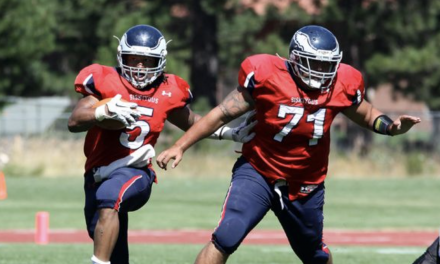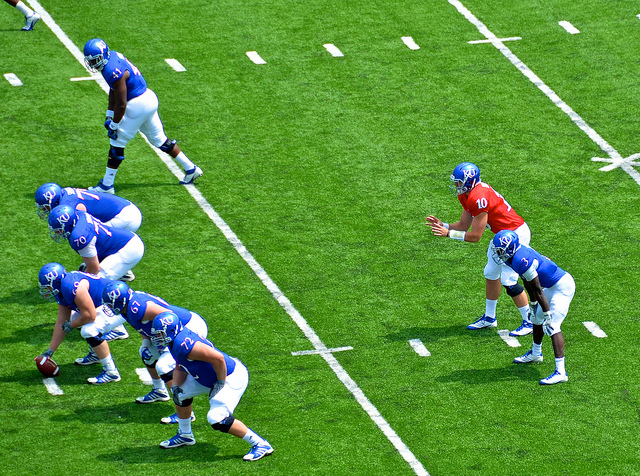The Hitch Route in Football is one that has been my favorite for a very long time.
It has a simplicity that makes me wonder why teams do not call it much more frequently.
While it looks very boring sometimes, there are a whole lot of defenses that feel it is so insignificant that they will refuse to defend it.
That is where it can really help your team.
Most coaches are happy with a 3yd run gain per play, but the hitch route can easily get you 5-7 yard and is much easier to execute because it only involves the QB and the Receiver and a quick game block from the line.
It also puts a lot of pressure on a corner back to make a safe tackle, because if they don’t it can turn into a much larger gain.
There are three keys to running a hitch route (Also known as a “0” in our Route Passing Tree) successfully.
1. Explosive Start
When you run a hitch route, it has to be sold to the defender that you are really trying to sprint past them.
Even if they are not playing that close, you want them to start to react backwards so that now they have to change directions to come up to make the tackle.
2. Return to the QB
After you have hit the breaks, it’s critical that instead of just stopping and turning around, you need to start moving back toward the quarterback.
A well timed hitch route will be caught almost immediately, but to make sure that no defender can step in front of you and intercept the ball, you need to return to the Quarterback.
3. Yards After The Catch
After catching the ball, the most important thing is ball security, but after that, it’s getting more yards.
I always taught my receivers to “always” turn to the outside.
When they do this, they get much quicker at turning and often get more yards going up the sideline than if they turned inside.
How To Run The Hitch Route
When I first teach any receiver route, I always begin with the speed start.
A speed start is when a receivers leans forward on the line of scrimmage bending their front leg and straightening the back leg so they can sprint forward on the snap of the ball as fast as possible.
I have them look inside at the ball so they can cue their release on it’s movement. This avoids receivers jumping when the cadence is on different counts.
You only want to use this start when the defenders are playing off of you. If they walk up to press, the stance should change since you don’t want to run straight into the defender.
All routes taught should have the outside leg back in the stance because this allows the receiver to attack outside and vertically more easily. It also works best with some of the other three step routes.
I prefer to teach as many routes as I can based on steps and not yards. This is the best way to get consistent timing between the QB and the receiver.
Depth of the Hitch Route
A good depth of for the hitch route if you are setting a distance is 6yds.
The reason for 6 is because 5 doesn’t push a defender enough and and we want to make sure we gain at least 5 yards on the catch.
If you went to 5 and had to come back to the ball for the catch and got tackled you might only have 4 yards gained.
For High School and up levels 6 yds is also about the depth you can get to with 3 steps and a breakdown. If you are not getting there with 3, work with your receivers on pushing out longer with their strides.
First 3 Steps
The hitch route is three steps first and then break down and plant and turn inside.
Those three steps all have to be big pushes. Even the last one.
Common errors are when the receiver takes little steps or only 2 big and one little and then the depth of the route is not enough.
On the breakdown I learned a great technique: Start with your inside foot and take 4 steps to stop your momentum.
From the right side of the formation, your steps would first be R – L – R to get to depth.
Then you would take LRLR in rapid succession to stop momentum.
The last step of the 4 should be a drive step that you turn toward the Quarterback.
The Catch
Continue to move directly toward the QB in a straight line to cut down on the distance the ball has to travel to you.
When the ball arrives, the receiver must tuck it in securely. I make sure that in every single catching drill we do, the ball is always tucked and I see the receiver looking in the ball first.
Here’s a quick way I can always tell if a receiver looked the ball in.
If their head doesn’t “bob” down, then I know they didn’t tuck it. That gets an automatic coaching point from me because I always tell them.
When it comes to ball security, you have to be perfect. It has to happen every single time in practice or it won’t translate to the game.
After the Catch
Only after it is caught will they spin to the outside and get as many yards as they can upfield.
When I tell them why we always spin outside I highlight that we always want to stay away from inside defenders.
There is also a tendency for defenders to head on an inside path toward the throw because they are trying to get a hand on it.
So the outside quick spin sometimes breaks the tackle and we can get a whole lot more.
If you break a tackle on the outside, there’s a good chance if you have speed you will score.
Hitch Route Timing for the Quarterback
All Hitch Routes should be thrown with the quick passing game timing.
If you are throwing from under center it is 3 steps, plant and throw. The read for the Quarterback is mostly pre-snap looking at who’s defender is the farthest off from the inside out.
He should make the throw directly at the receivers head because they will be coming straight back and this is the easiest catch. More advanced quarterback can lead the receiver slightly outside and by throwing it to the side of the head away toward the outside.
Then they can catch it and tuck it quickly to get outside.
Hitch Route Convert to Fade or Not?
What do you do if they come up and press in man coverage?
It is very hard to run a hitch route against a press defender, especially if they are playing a trail technique to the inside.
You would have to get the defender moving upfield hard to stay with the receiver and then aggressively stop your momentum and come back inside and cross the face of the defender to get in position for the ball.
Most coaches would rather have an automatic check to convert the route to a fade.
This could be a quick game check because some route combinations would not work if the receiver converted the hitch to a fade like the smash concept that we will detail later.
To learn how to run a fade route vs press coverage – check out our fade route post coming soon where we will cover that in detail.
Another alternative is to convert vs man to a short dig or “In” route you can see in the example below.
Sometimes you get a squatting corner in a Cover 2 look.
With this you can also convert to a fade or dig depending on what the route concept allows.
Conclusion
The hitch route is very versatile and gives you a reliable option whenever defenses play soft – especially on the outside.
You can check to it, call it as a quick game, and even include it in RPO’s.
It’s a safe throw that can give your quarterback a boost in confidence in throwing the ball successfully.
Throw it and throw it often! If a team is giving it to you – take it until they stop – it’s a free gift of 5+ yards per play when you get it down!

